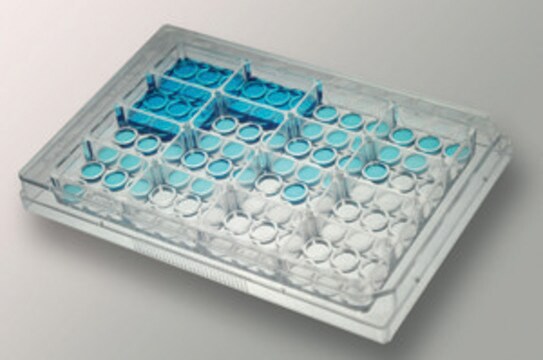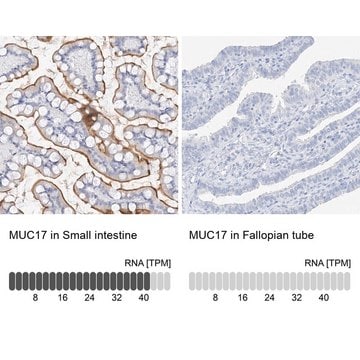108CC15
NOTE: Both the cell line and DNA from the cell line may be available for this product. Please choose -1VL or VIAL for cells, or -DNA-5UG for DNA.
About This Item
Productos recomendados
origen biológico
Mouse x Rat Hybridoma nerve
envase
tube of 5 μg 08062516-DNA-5UG
pkg of vial of cells 08062516-1VL
modo de crecimiento
Adherent
cariotipo
Modal No. varied with passage see reference
morfología
Neuronal
productos
Long processes after treatment with dibutyryl cAMP, dense core vesicles, excitable membranes, neurotransmitter enzymes, synthesis of neurohormones and uptake of catecholamines.
receptores
Receptors for neurohormones: delta opioid, PGE1 vasoactive intestinal polypeptide, adenosine, somatostatin and acetylcholine.
técnicas
cell culture | mammalian: suitable
enfermedades relevantes
cancer
Condiciones de envío
dry ice
temp. de almacenamiento
−196°C
Origen línea celular
Descripción línea celular
Aplicación
Medio de cultivo
Rutina de subcultivo
Otras notas
Elija entre una de las versiones más recientes:
Certificados de análisis (COA)
It looks like we've run into a problem, but you can still download Certificates of Analysis from our Documentos section.
Si necesita más asistencia, póngase en contacto con Atención al cliente
¿Ya tiene este producto?
Encuentre la documentación para los productos que ha comprado recientemente en la Biblioteca de documentos.
Nuestro equipo de científicos tiene experiencia en todas las áreas de investigación: Ciencias de la vida, Ciencia de los materiales, Síntesis química, Cromatografía, Analítica y muchas otras.
Póngase en contacto con el Servicio técnico







